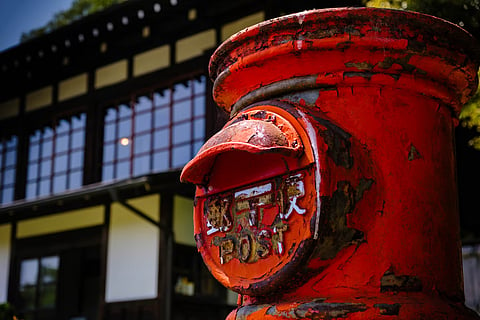

Imagine a time before telephones, emails, or instant messages — when the only way to send a message was to write it by hand and trust someone to carry it safely across mountains, deserts, and oceans. Long before the internet connected the world, the postal system did. The story of how it began is one of human creativity, courage, and connection — the effort to bridge distance through words.
The idea of sending written messages is almost as old as writing itself. The earliest known postal systems appeared thousands of years ago in ancient empires that needed to share information quickly across large territories. One of the first organised networks was created in ancient Persia around 550 BCE by King Cyrus the Great. He built a series of stations along his royal roads, where riders on horses could pass letters from one post to the next. Herodotus, a Greek historian, described them as unstoppable messengers who travelled “neither snow, nor rain, nor heat, nor darkness of night” — words that still inspire the modern postal creed today.
At around the same time, Egypt, China, and Rome were building their own systems. The ancient Egyptians used couriers to carry messages carved on papyrus scrolls along the Nile. In China, postal routes stretched thousands of kilometres, connecting the emperor with faraway provinces. By 130 BCE, the Chinese had an official postal network that relied on horses, camels, and relay stations — a model later adopted by many others.
The Roman Empire, known for its well-built roads, had one of the most advanced postal systems of the ancient world. Called the cursus publicus, it was established by Emperor Augustus to move messages, soldiers, and goods efficiently across the empire. Couriers rode fast horses, changing at special stations every few kilometres, ensuring that a message could travel from Rome to Britain in just a few days — a remarkable speed for the ancient world.
As centuries passed, the fall of empires disrupted these systems, and for a while, communication became slower and less reliable. During the Middle Ages, messages were often carried by monks, merchants, or travellers. In Europe, universities and monasteries maintained their own courier networks. Even kings and nobles relied on trusted messengers who rode from castle to castle carrying scrolls sealed with wax. But there was no service for ordinary people. Communication remained a privilege of the rich and powerful.
The postal service as we know it began to take shape in the 16th and 17th centuries. In 1516, King Henry VIII of England appointed a “Master of the Posts” to oversee a regular mail service, and the term “post office” was born. Riders, known as postboys, carried letters between towns. Over time, inns along these routes began to act as postal stops where mail could be left or collected — the early versions of today’s post offices.
In 1635, King Charles I opened the royal mail system to the public, allowing ordinary citizens to send letters for a fee. Other European countries soon followed. Postage rates were based on distance and weight, which made sending long letters expensive. To save money, people wrote across the same page several times in different directions — a style called “cross-writing.”
The next big leap came in the 19th century with the invention of the postage stamp. Before stamps, the person receiving the letter had to pay for it, and many refused to accept delivery. In 1840, Sir Rowland Hill of Britain introduced the world’s first adhesive postage stamp — the famous “Penny Black.” For just one penny, anyone could send a letter anywhere in the country. The stamp system revolutionised communication, making it affordable and reliable for everyone. Other countries quickly adopted the idea, and the modern postal era began.
The rise of railways and steamships transformed postal delivery even further. Letters could now travel across countries and continents faster than ever before. In 1874, the Universal Postal Union was established in Switzerland to coordinate international mail delivery. It created global standards so that a letter posted in one country could reach another without confusion or extra fees. This made the world feel smaller and more connected.
By the 20th century, postal services were carrying not just letters but parcels, newspapers, and even money orders. The post became part of everyday life — the link between soldiers and families during wars, between students and parents across oceans, and between strangers who became pen pals. Even as technology advanced, the human element of the postal system — trust, care, and persistence — remained unchanged.
Today, postal services have evolved far beyond horse riders and steam trains. Modern couriers use planes, trucks, sorting robots, and barcodes to deliver billions of letters and packages every year. Even in the digital age, the postal system continues to connect people — delivering documents, gifts, and greetings that still carry a personal touch no email can replace.